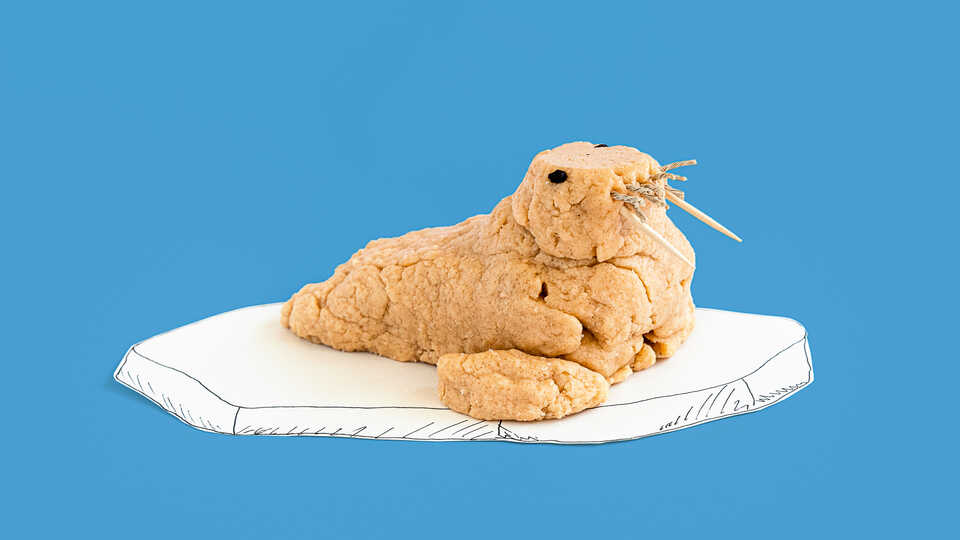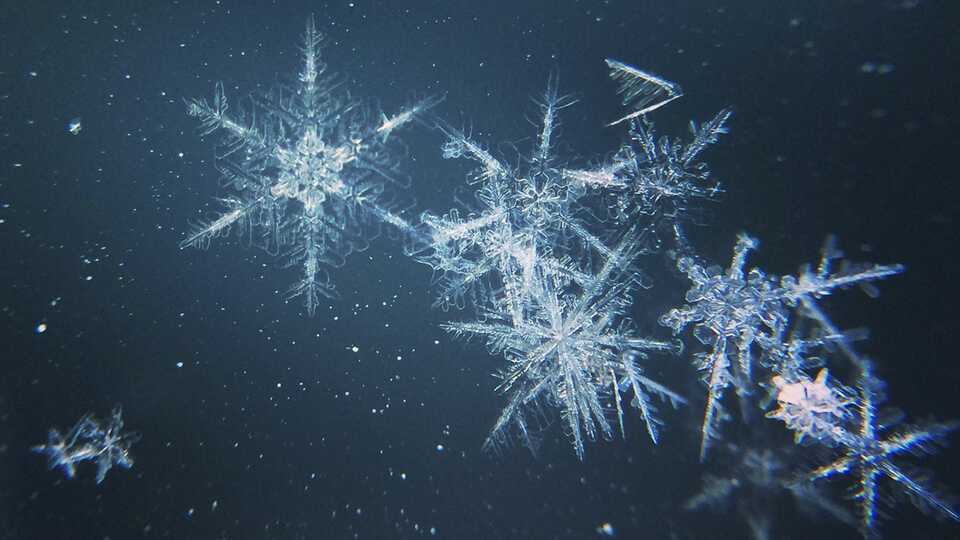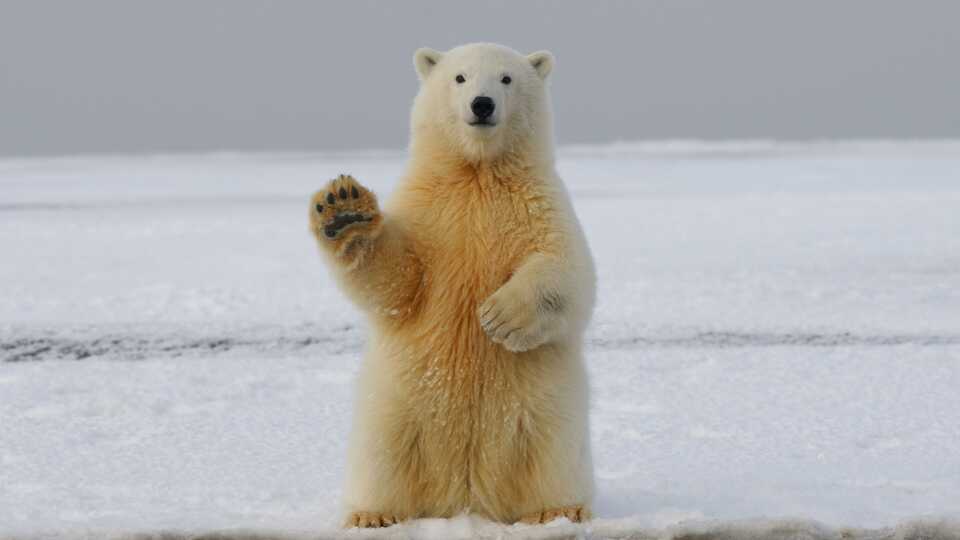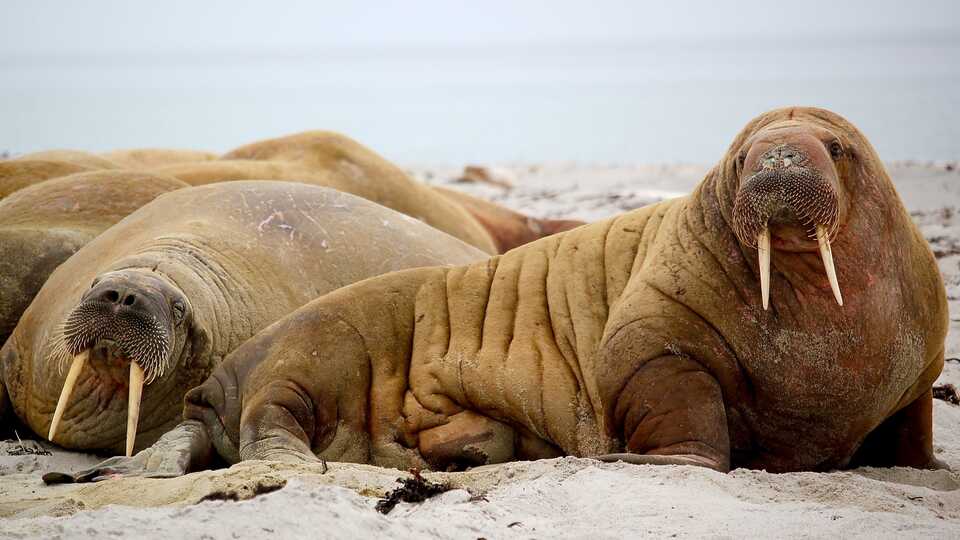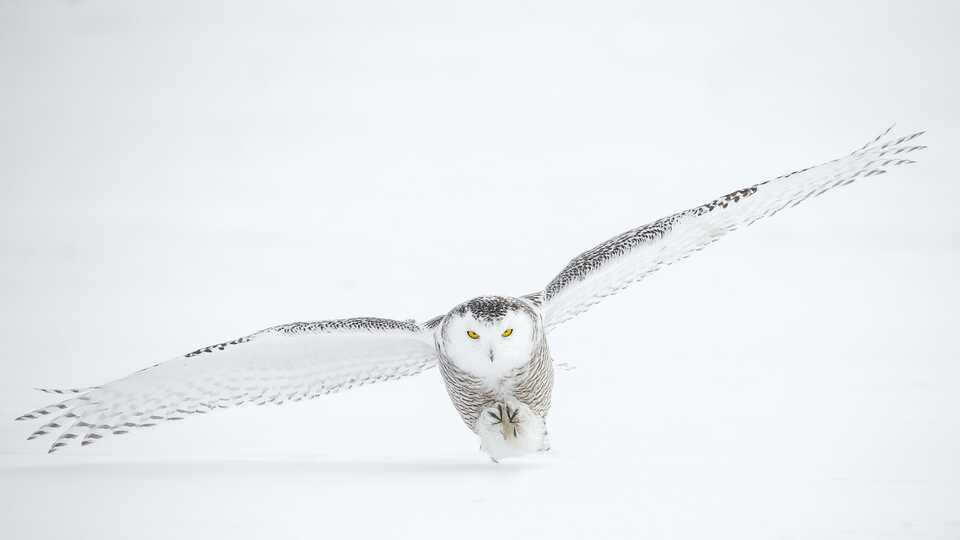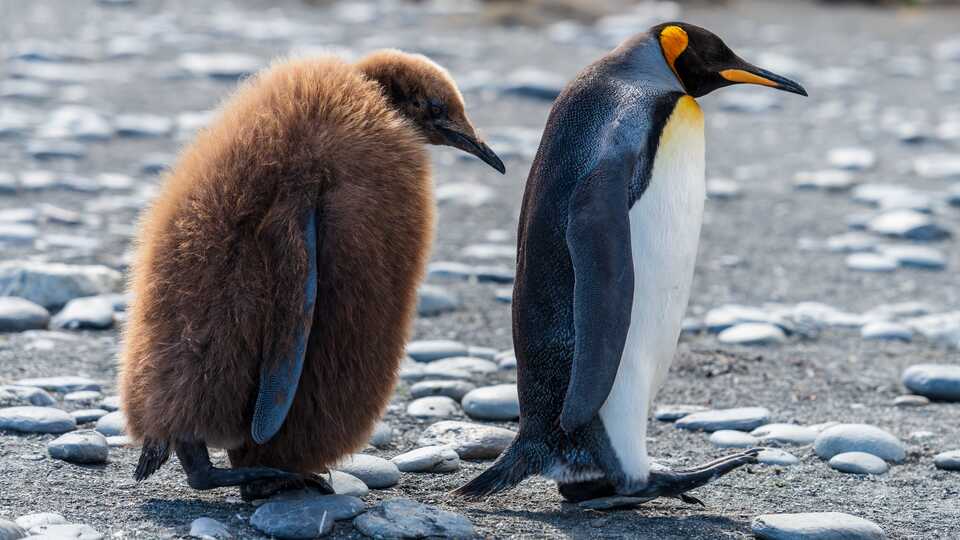Explore the ice, snow, and remarkably resilient life that survives our planet’s frigid Arctic and Antarctic habitats. Divided into 4+ days of activities, your petite polar adventurers will enjoy a wintry mix of hands-on experiments, crafts, and guided videos.
(Please note: While Science @ Home activities are designed for kids, some little ones might need adult help with reading instructions and preparing crafts).
